By Beverly C. Tyler
Two of the events which bring family members back to Setauket from all over the country are the Hart-Sells reunion, held during Labor Day weekend in September, and the Setalcott Nation PowWow and Corn Festival held this year on July 8 and 9 on the Setauket Elementary School field.
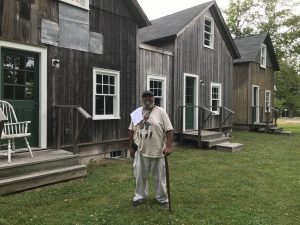
Kevin Sells, now retired and living in Tucson, Arizona, made the trip east this year to renew his connection to Setauket and to be with the cousins and other relatives he usually communicates with from a distance. Kevin’s cousin, Helen Sells, who suggested Kevin come to this year’s powwow said he and I should meet as he is a fellow family historian who spent a lot of time in Setauket when he was growing up. Helen introduced me to Kevin, and we spent a few hours together around Setauket, in the Chicken Hill exhibit at the Three Village Historical Society History Center and at the Three Village Community Trust’s rubber factory houses.
Kevin commented while viewing the Chicken Hill exhibit, “The biggest part of it I remember is my great-aunt Mamie, my grandfather’s sister.” He remembered Mrs. Hart lived in a big old house just a few yards south of 25A along Old Town Road. “The place, it wasn’t as sturdy as it could have been but the place was full of love — of laughter … My mother used to tell me stories, my mother — all my aunts and uncles — used to tell me stories about how as soon as school let out over in [Bridgeport] Connecticut, all the parents got their kids together and marched them down to the ferry, which my great-grandfather worked on for many years. His name was John E. Sells, everyone around here knew him as Dass … He worked on the ferry for 25 or 30 years. So all the kids, they get shoved up the gangplank onto the ferry and great-grandpa was there to make sure they behaved and no one fell over the side and so on and so forth. And we had another family member … who had a cab company. They’d be two taxis to meet the kids when he herded them down the gangplank … we’re talking about 15-20 kids … everybody piled into that one little house … parents would come over on the weekend. That was always a great thing.”
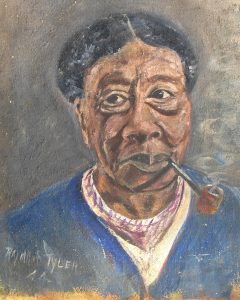
He noted they would always come over for the Hart-Sells reunion as well. “We’d all meet at the hall. The hall was in pretty good shape at that time. There’d be just hundreds of us that would show up and all us kids would run around. Eventually we’d all end up running up and down the hill of Laurel Hill Cemetery.”
Kevin noted that when he came to Setauket as an adult the first thing he would do was to climb up Laurel Hill to talk to Sarah Ann. There was no stone for her for many years but he would find a place close to where he thought she was. He mentioned the lack of a stone. He continued, “It was years before Sarah Ann got a stone … She was the matriarch of the whole darn family … Last time I’d seen her I was probably five years old. She was living in the house on Gnarled Hollow … we didn’t know her that well because we were little kids.”
Looking at the painting of Sarah Ann in the exhibit, Kevin noted that the smell on her tobacco was one of his most vivid remembrances. “That memory sticks after all these years … That smell just permeated the air around her … any time I smell that particular type of pipe tobacco it snaps me right back.
“She kind of doted on me and Mamie’s granddaughter. We were like the last of the great-grandchildren she got to cuddle and play with — spoil a bit … How many people did she deliver in this town as a midwife? She made sure they came into the world … She was a trusted individual.”
I truly appreciate that the historical society is putting this exhibit together … this is forgotten history … Chicken Hill is — most people who drive up and down the road have no idea whatsoever that all that existed — that all those lives were affected.”
At the rubber factory houses Kevin commented, “I’m really impressed with what’s being done around here, there seems to be like a critical mass of people who come together to say ‘well no — maybe we shouldn’t do that …’ A town that remembers its past is always going to have a good future.”
Beverly C. Tyler is a Three Village Historical Society historian and author of books available from the society at 93 North Country Road, Setauket. For more information, call 631-751-3730.

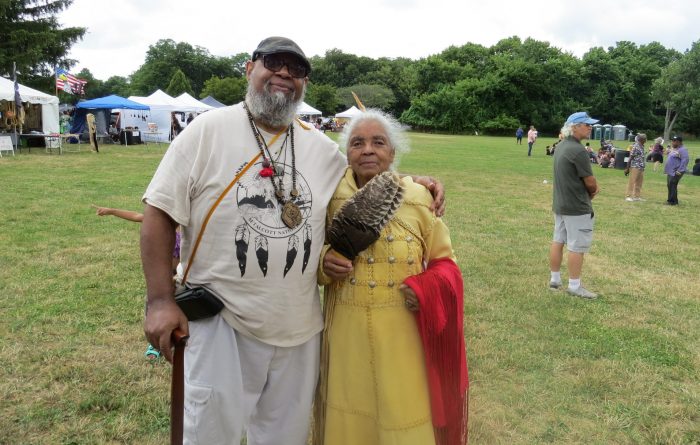
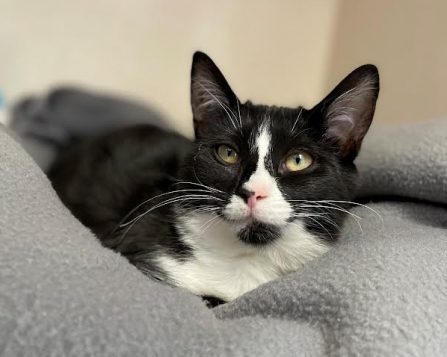
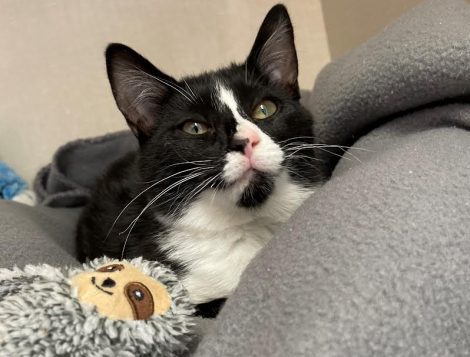






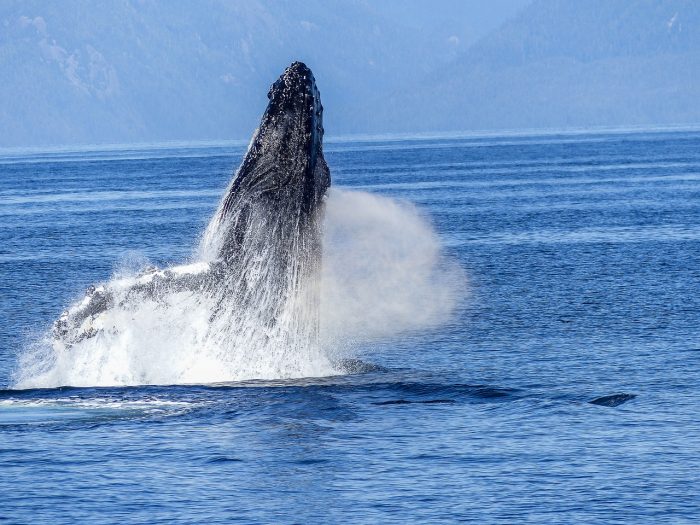




 Welcome to the 19th edition of Paw Prints, a monthly column for animal lovers dedicated to helping shelter pets find their furever home!
Welcome to the 19th edition of Paw Prints, a monthly column for animal lovers dedicated to helping shelter pets find their furever home!


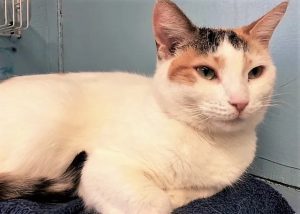
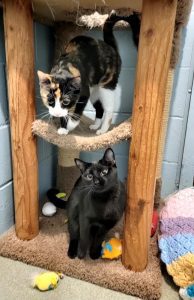
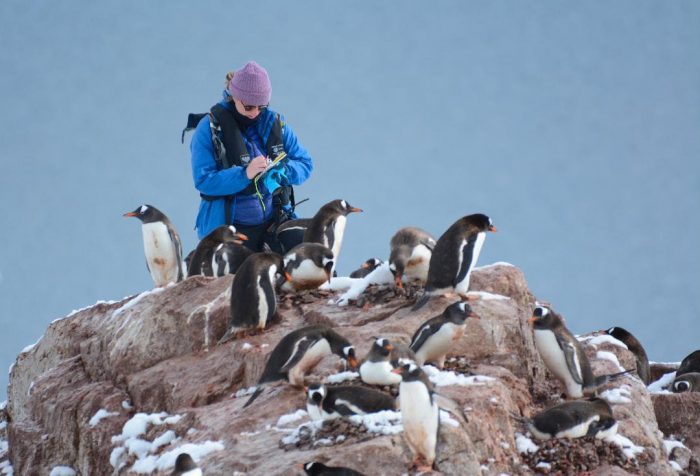
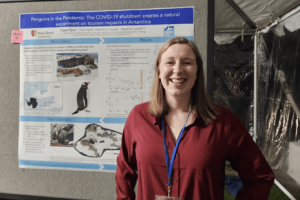
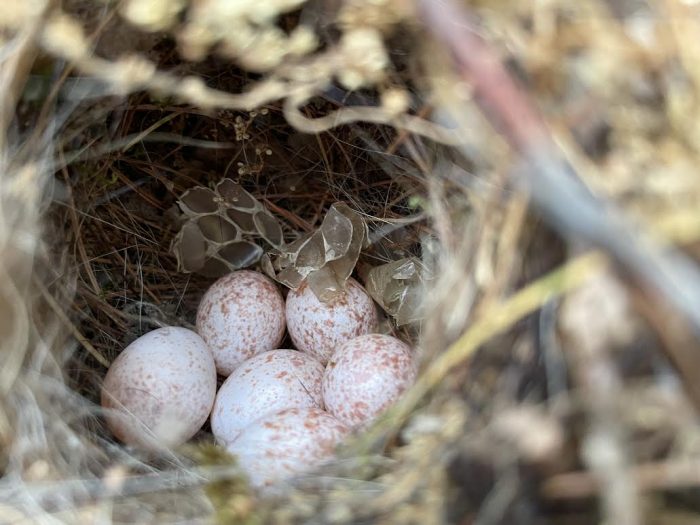

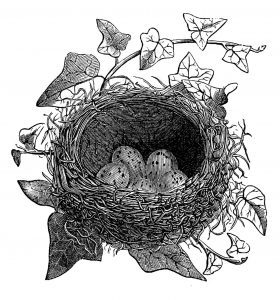 A resident of Setauket, author John Turner is conservation chair of the Four Harbors Audubon Society, author of “Exploring the Other Island: A Seasonal Nature Guide to Long Island” and president of Alula Birding & Natural History Tours.
A resident of Setauket, author John Turner is conservation chair of the Four Harbors Audubon Society, author of “Exploring the Other Island: A Seasonal Nature Guide to Long Island” and president of Alula Birding & Natural History Tours.


